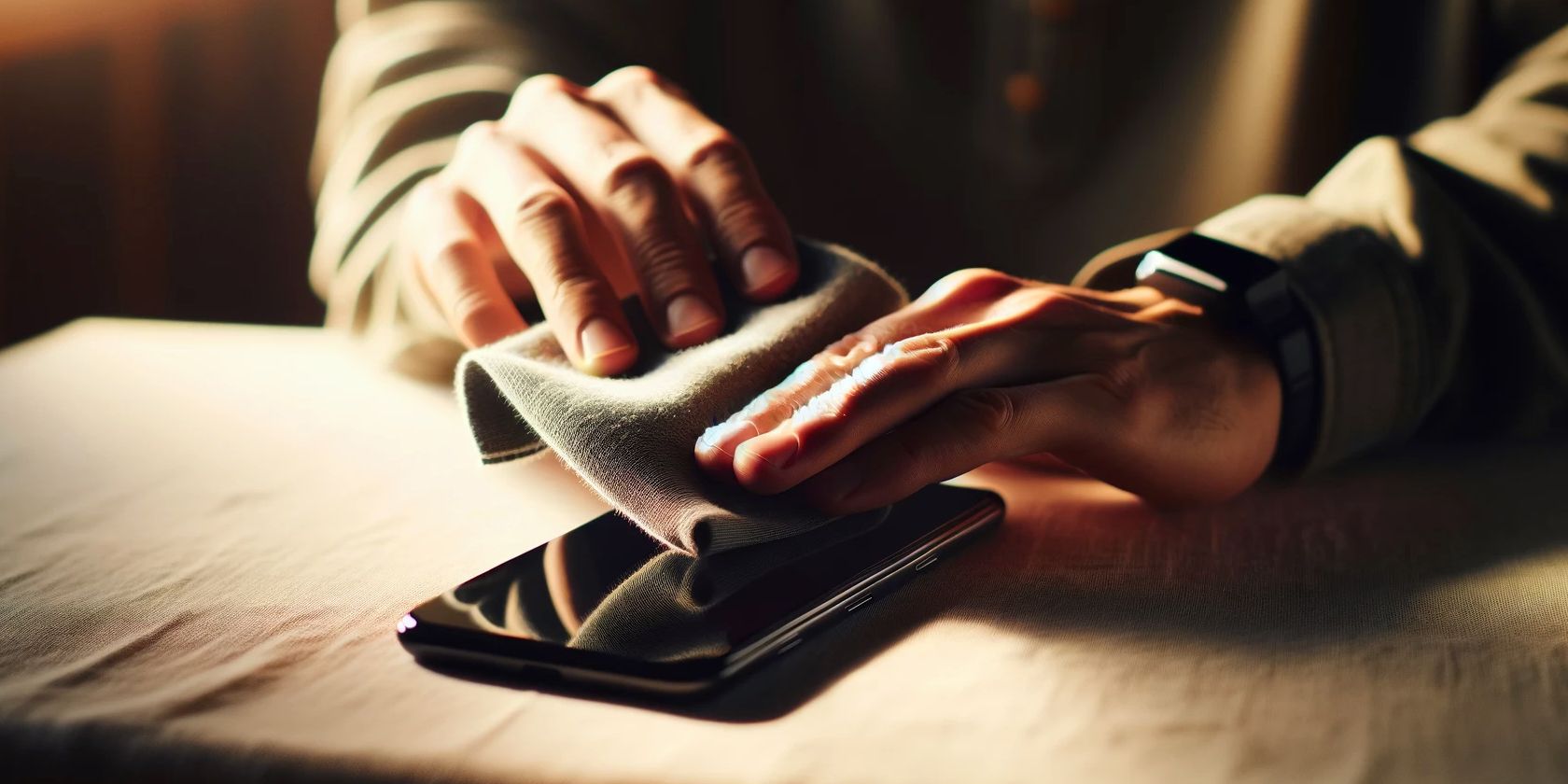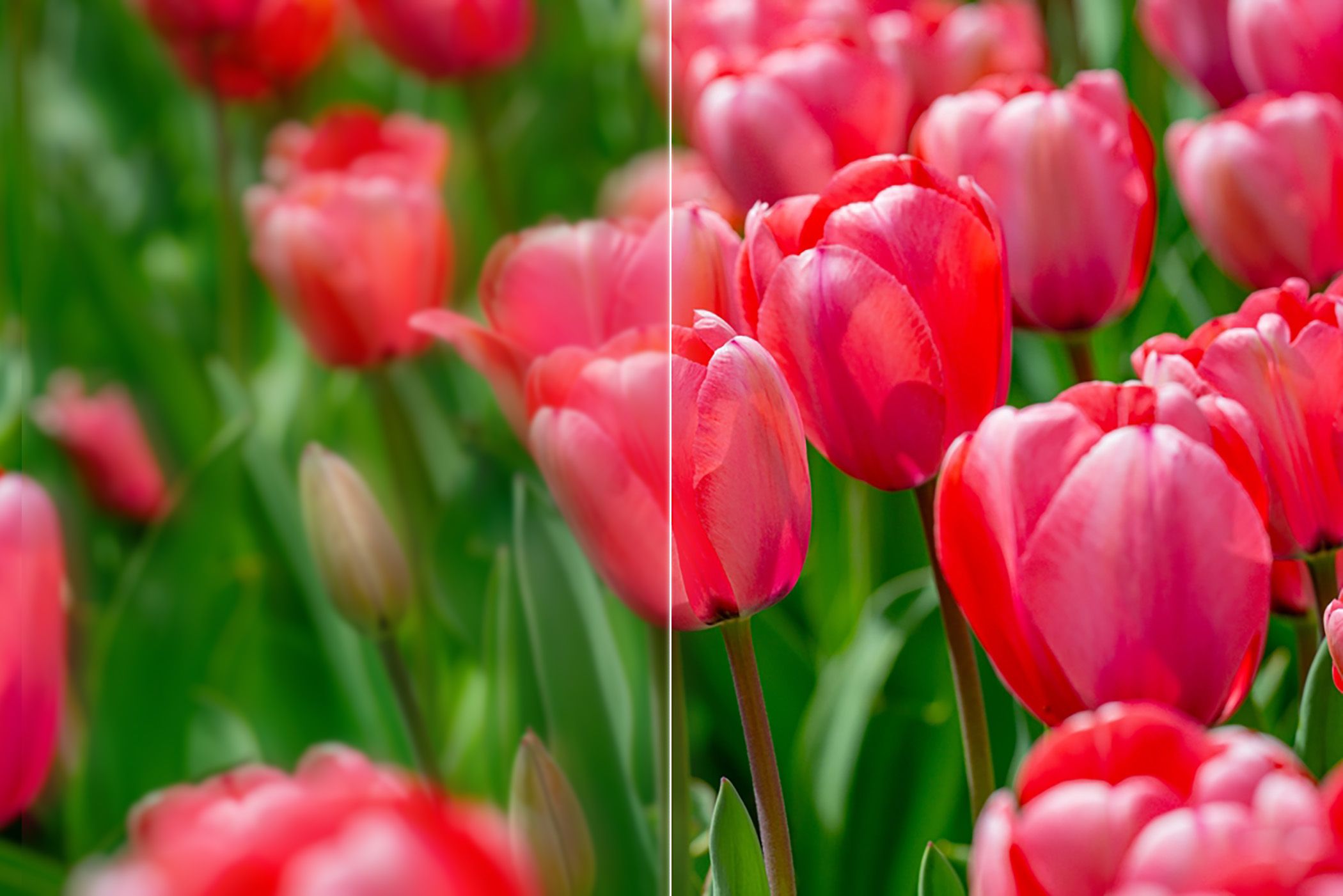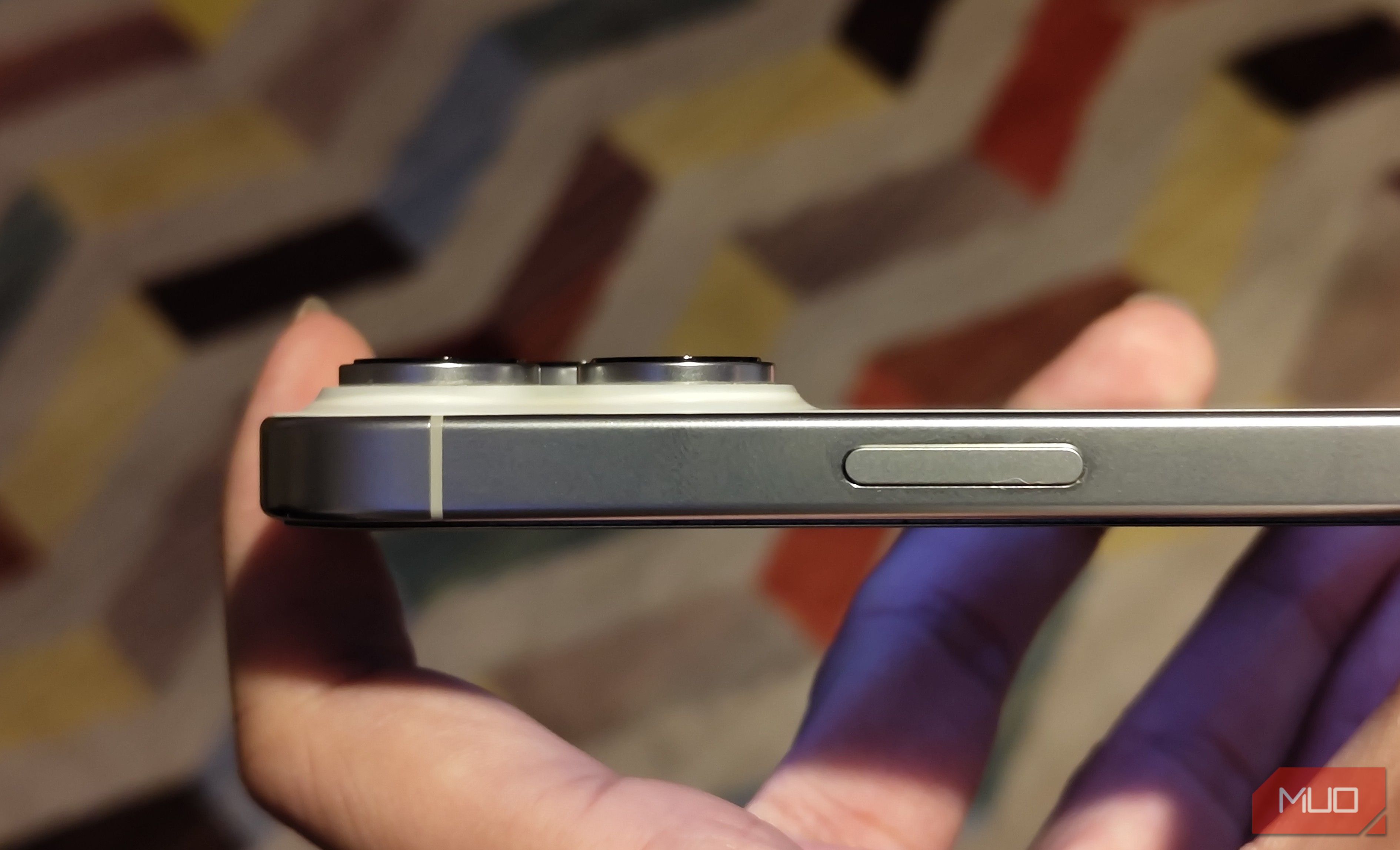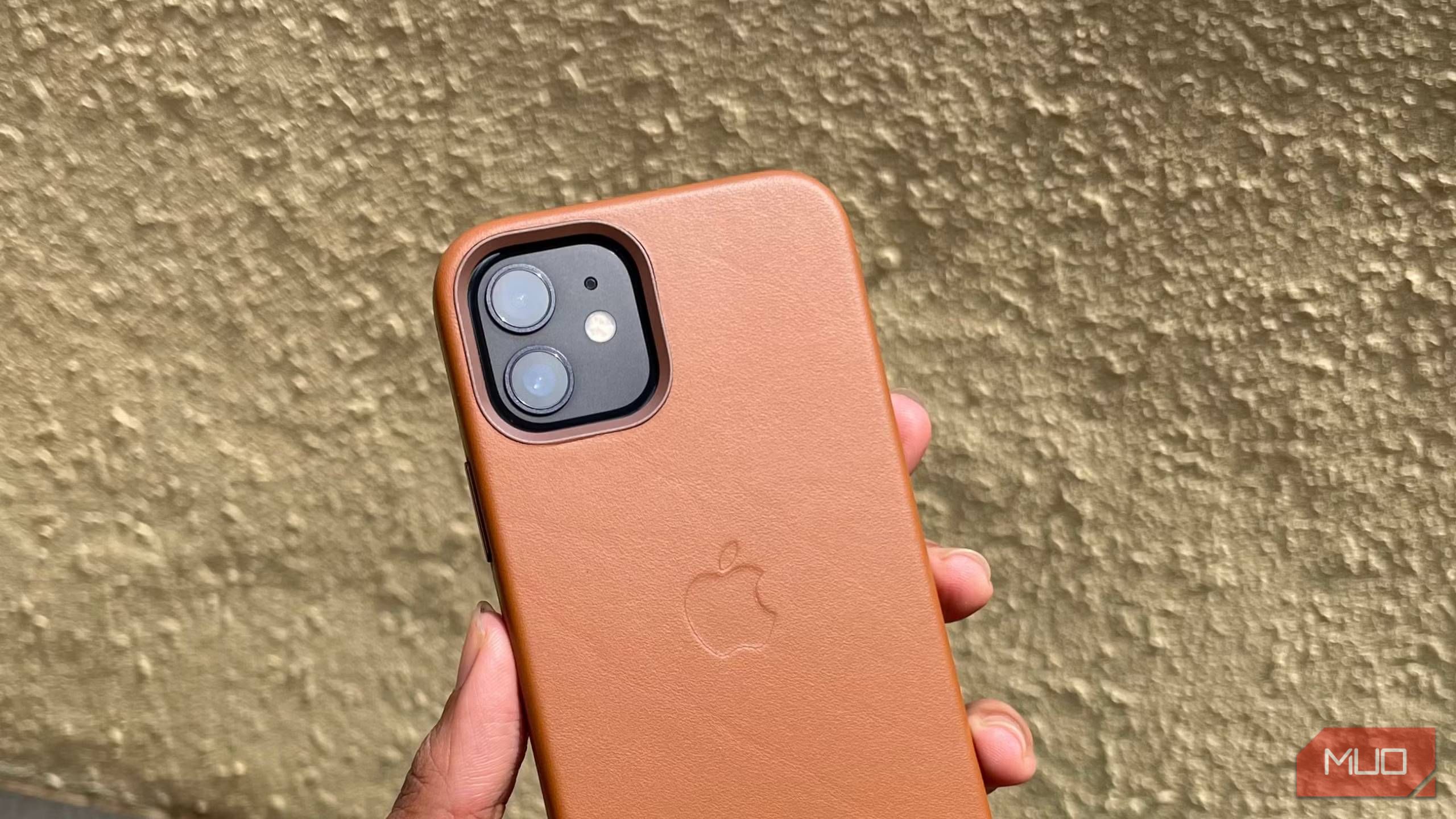Phone cameras have gotten ridiculously good, yet so many photos still look like they’re shot through a greasy thumbprint. There’s one step most people skip before snapping a picture, and it makes all the difference between “meh” and “wow.”
The Invisible Enemy: Grease
Real cameras come with lens caps and protective covers. You stash them in padded bags, and they stay covered until you’re ready to shoot. Smartphones, by contrast, are our Swiss Army knives: we make calls, doom-scroll Instagram over greasy cheeseburgers, then stow them in pockets and backpacks alongside coins, keys, and lint. We do everything with them, except keep the camera lens free of gunk.

Related
The Ultimate Guide to Cleaning Your Smartphone
Is your smartphone looking a little worse for wear? It’s time to give it a proper clean.
The real culprit here isn’t dirt in the traditional sense, like dust or mud (though that’s terrible too)—it’s grease. Even after washing, your hands naturally produce oils. Touch your phone’s lens, even accidentally, and you’ll leave a thin, stubborn film of grease behind. Glass loves fat, and once it’s there, it sticks around.
Check your phone’s lens right now under sunlight or flashlight illumination. It might initially appear clean, but trust me, you’ll be horrified at the greasy truth. You’ll wonder how any light gets through at all. Once cleaned, however, the difference is (almost) literally night and day.
What’s So Bad About a Dirty Lens?
Light travels in straight lines, until it hits a greasy lens. Instead of focusing cleanly onto the sensor, rays scatter in random directions, creating a hazy halo around bright spots or washing out fine details.
Occasionally, an artist might deliberately dirty their lens to produce a dreamy, glowing effect in photos. But most of us aren’t aiming for avant-garde smudges, and we simply end up with lousy pictures.
Take my friend’s photo below. She wanted to capture a stunning painted glass window with sunlight streaming dramatically behind it. Instead, her photo came out blurry, surrounded by a distracting glow. The smudge around the window wasn’t an artistic choice; it was grease on her lens.
Original
Edited
Light smudges like this are nearly impossible to fix in editing. For my friend’s photo, the only option was boosting contrast and adjusting exposure to distract from the smudge. As you see above, the smudge is still very much present in the edited photo.

Related
This Free App Sharpens Blurry Photos Instantly
Transform blurry memories into sharp images with this free, one-click tool.
For demonstration purposes, I deliberately smeared my lens by vigorously rubbing it on my face and fingertips (a painful experience for someone who appreciates clean lenses). The resulting photo of my living room looked terrible. But after cleaning the lens, the difference was astonishing. The room was clear, colors vivid, details sharp.
It wasn’t an award-winning shot; just a random snap to illustrate the point. If dirty-lens photography is all you’ve ever known, you’ll never miss what you’ve never seen. But before you get used to the smudgy quality or complain that you need a new phone with a better camera…
…Clean Your Lens (Please)
Before snapping your next photo or recording a video, especially indoors or at night, clean your camera lens. No, wiping it with your shirt won’t always cut it. Ideally, use a microfiber cloth (no sprays or detergents necessary). With regular care, a quick shirt-wipe might suffice for a quick clean-up. But if you let it accumulate, you’ll need to spend extra time thoroughly cleaning.
Front-facing selfie cameras are especially susceptible, as they constantly touch your hair, face, and ears during calls.
Today’s phones exacerbate the dirty-lens issue. Camera lenses have become larger, protrude prominently, and are typically the first thing to touch surfaces when you set your phone down. This makes them even more prone to accumulating grime.
When you’re heading out with the intention of capturing great shots, especially for indoor low-light photography, take a moment to prepare. Slip a small microfiber cloth into your pocket or bag; it takes up almost no space and costs next to nothing, but it’s the best tool against greasy fingerprints and cheek oil.
There’s no need for fancy sprays or specialized cleaners: that soft cloth will effortlessly soak up grime the instant you give your lens a few gentle, circular wipes. Be firm enough to clear away the smudges, but light enough that you won’t risk scratching the glass.
If you want to go the extra mile, think about investing in a case with a raised bezel around the camera module, or slap on a clear lens protector film. Although the raised bezel around my phone’s case (and many others) does little to protect it from grime.
I see it all the time: people at concerts or parties, recording their memories through a blurry haze, just because their lenses are dirty. Don’t be that person. The simplest, dumbest fix for bad photos is literally at your fingertips.











Leave a Comment
Your email address will not be published. Required fields are marked *